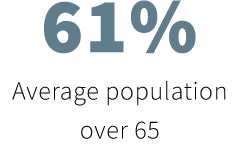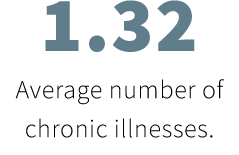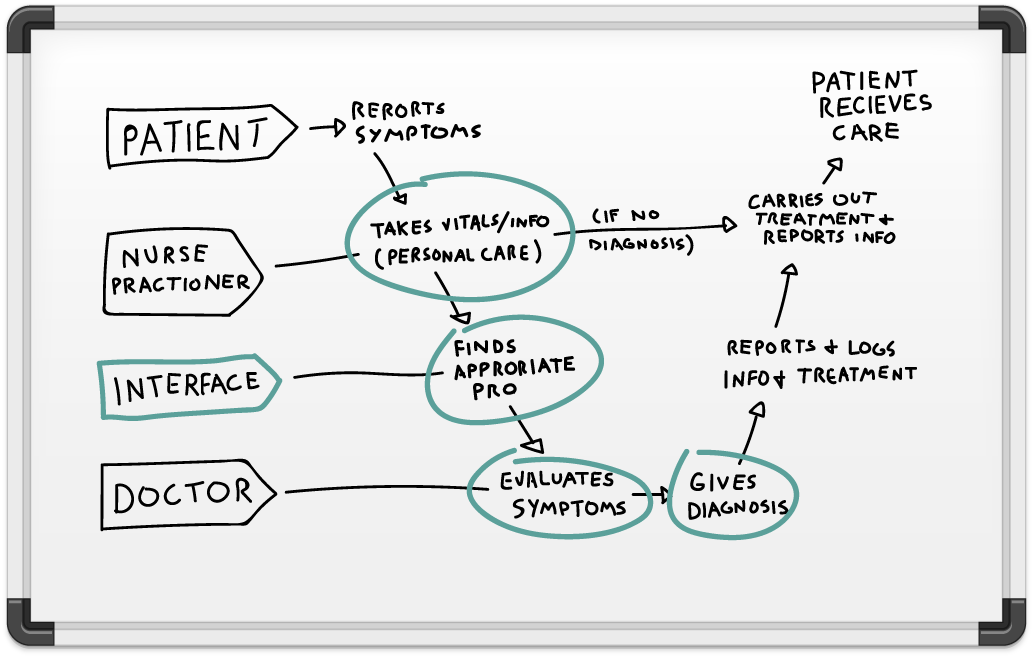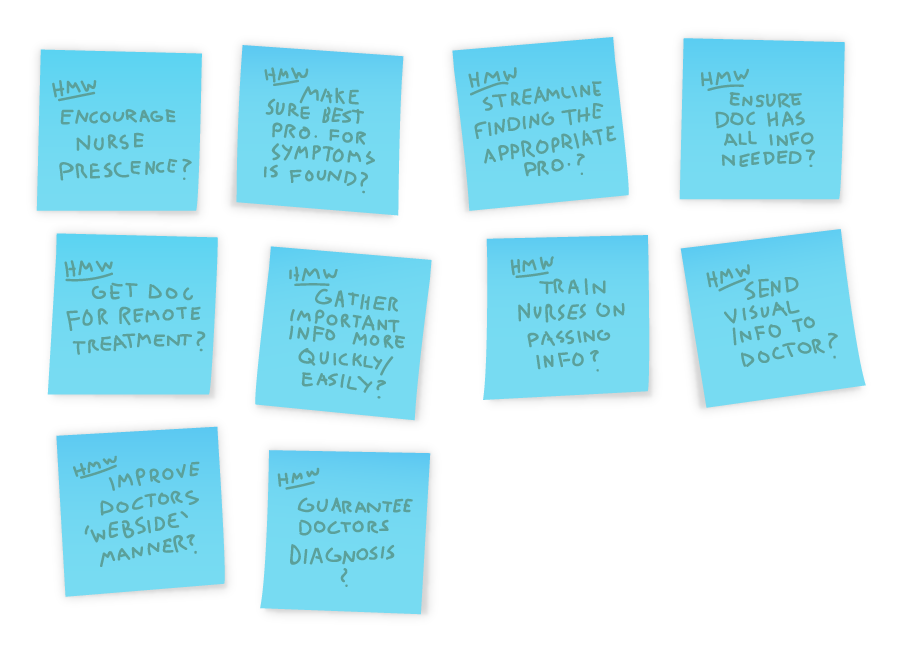Roles
Research | UX Design | Workshops | Wireframing | Prototyping
The Challenge
For most people, it is easy to access the benefits of modern Health Care. For those people in Medically Under-served Areas, like that of rural West Texas, it can still be a difficult struggle to gain access to even the most common of treatment however. The question arises then, is it possible to leverage current technology to connect Health Care professionals to those in remote areas?
“Is it possible to leverage current technology to connect Health Care professionals to those in remote areas?”
The Discovery
West Texans were chosen as the primary target for the platform as many sources report these individuals largely go without regular Health Care as they have limited access to nearby primary care Physicians and Hospitals, sometimes being several hours from a Hospital, Doctor or Pharmacy. Texas Department of State Health Services also detail that West Texans have a higher death rate from common ailments including:
Heart/Respiratory Disease
Diabetes
Pneumonia
Influenza
Research & Analysis
It became apparent that many issues with providing reliable Health Care related to distance. With this main factor in mind it was decided that instead of trying to bring patients to doctors, utilizing TeleHealth could instead bring Health Care to the patients.
The Process
Following the “Sprint Design” process, a concrete goal was set and then a series of questions & assumptions were all laid out and finalized in order to address future pain points as well as mark starting points for future features sets.
Goal
To provide Texas Communities with more reliable medical access.
Questions & Assumptions
Does remote medical assistance need on site professionals?
Will patients use alternative care?
How close must the service be?
Will passing of information cause communication breakdown?
User Mapping
Continuing with brainstorming and concept creation, a User Map was then made to show the interactions of all users across the platforms flow. While the TeleHealth model of remote consultation from Doctors exists in current forms, some studies have shown that many solutions struggle with “Webside Manner” between patient and doctor. To address this and other issues, the idea of a temporary or micro hospital setup was implemented for a more economical approach to a traditional setup in remote areas in addition to having an on-site Nurse Practitioner to aid in treatment. With discussion and review from President of the St. Davids School of Nursing it was clear that these helpful additions could be reliable solutions.
With an informed Map complete and at the end of a round of “How Might We?” Iteration, a working plan was finalized to reflect the most important needs of the project and a focused target was clear.
“Create a simple interface for the transfer of relevant information to a remote Doctor/Specialist and the reporting of appropriate diagnosis.”
Sketching
The Outcome
The final exploration created the idea for a “sessions” process with a portable platform in mind, such as a small net-book or laptop. This small and portable platform was the best solution as it lends itself to being able to work in conjunction with a pop-up or micro hospital procedure where exisiting buildings could be outfitted for routine medical care. A Nurse Practitioner can then record information and give a preliminary examination / diagnosis and then query a specialists if a second opinion is required (a reflection of how most primary care is given on an average basis).
The Interface
As the overall interaction of the platform being focused on simplifying the process of a Nurse Practitioner logging patient information and consulting with specialists, some unique features were designed to ensure these actions were straightforward and to create the most adaptable system.
Patient Overview
The main point of entry for the portal session was the overview panel, reflecting not only current medical practice of recording history but also mirroring the entry of said information within the session. The overview panel needs to be thorough so requested specialists can look through patient info and history quickly in order to help with a diagnosis.
S.O.A.P. Notes
Once the actual session begins, it proceeds like most typical Health Care Appointments. The open navigation tabs allow for a more modular diagnosis system with the Nurse moving from each module as needed.
All entry screens were mirrored from medical forms that followed the S.O.A.P. note method (an acronym for subjective, objective, assessment, and plan) in order to keep the platform relevant to the current practices and familiar for those in the Health Care field, but also used to simplify and streamline the process.
Specialists
The Specialists section of the platform differed from those of current TeleHealth platforms as it does not intrinsically focus on an ongoing video chat with a single specialists but instead rely on the aid of the on-site Nurse Practitioner who can conduct a more traditional appointment then message select specialists or request the assistance of a visual examination if the need arises.











